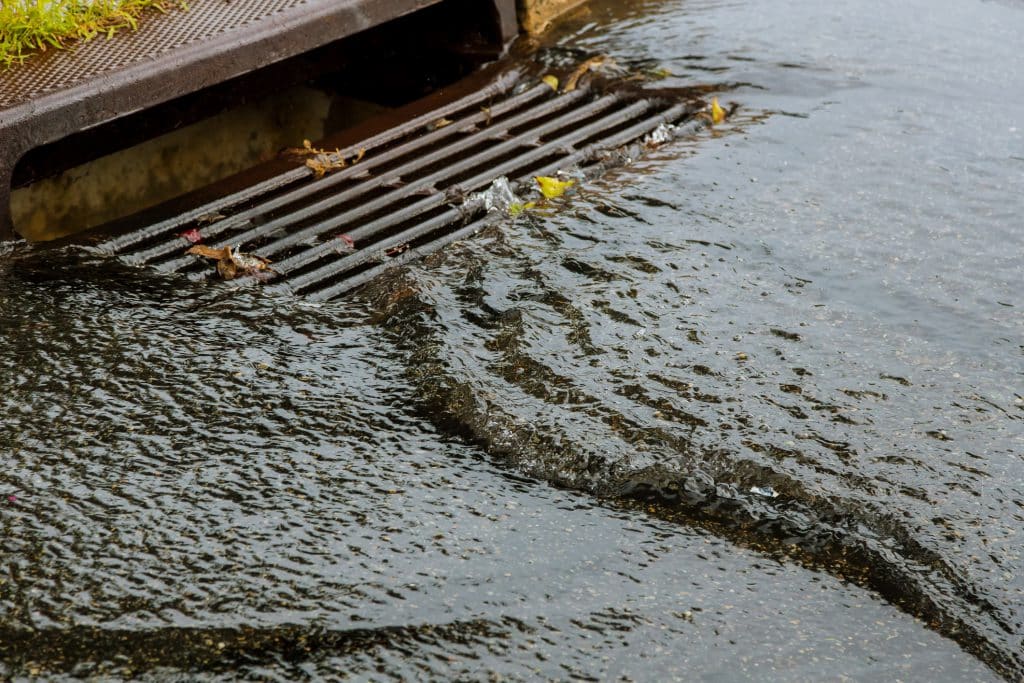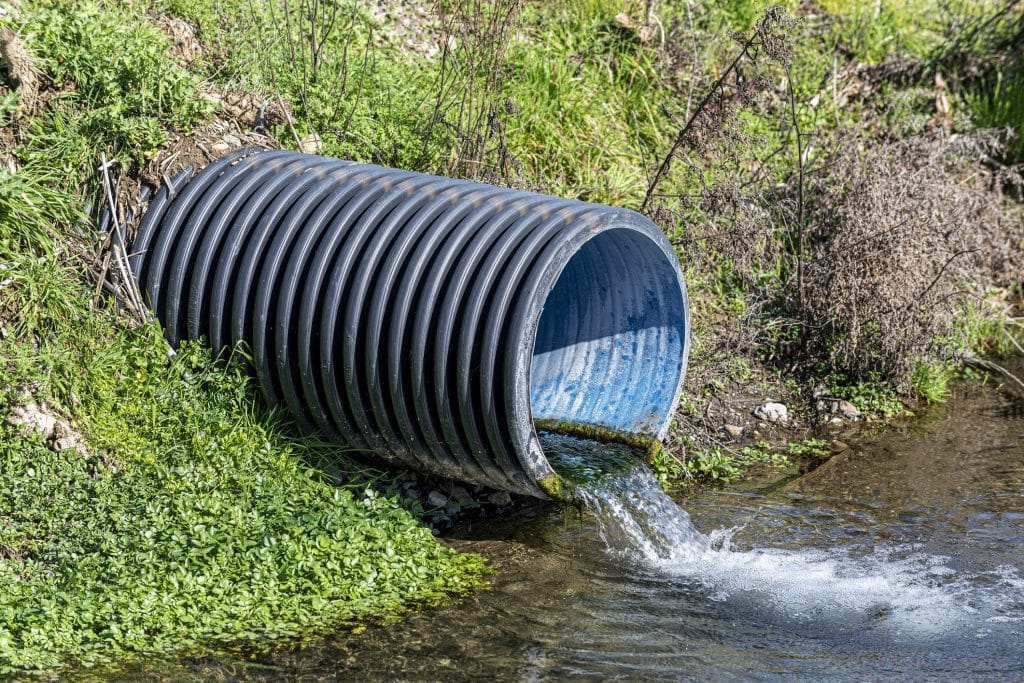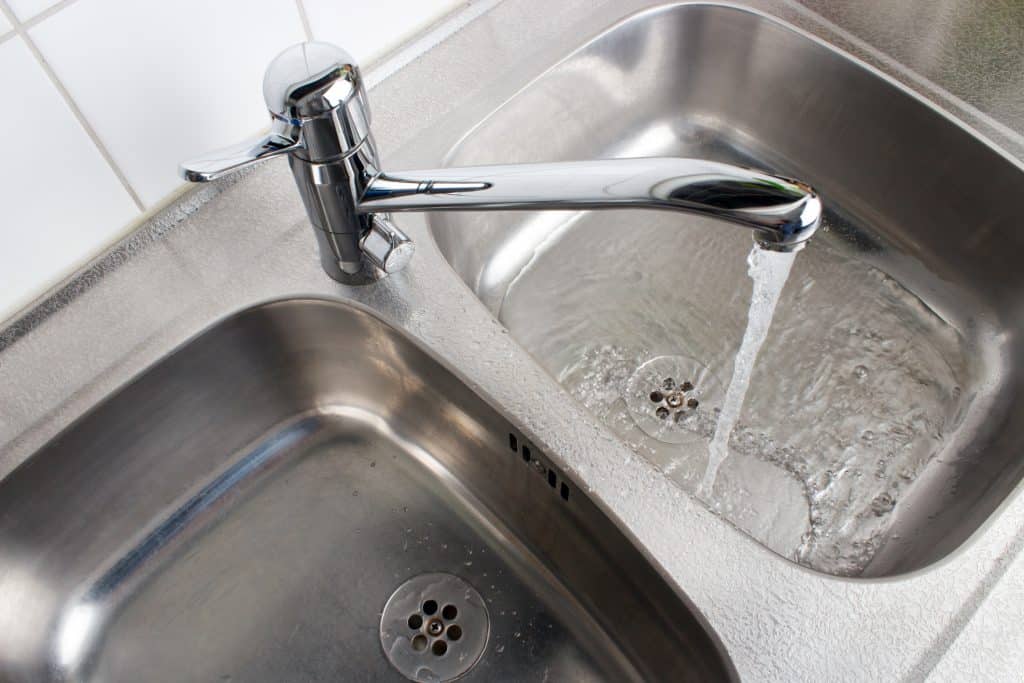Stormwater pollution happens when pollutants from our everyday activities, such as pesticides, fertilizers, motor oil, pet waste, litter, and sediment, are washed by rain and over-watered lawns into neighborhood storm drains.

Storm drains are the drains you see in the street that some people call “the gutter.” The storm drains on your street may be stenciled with “No Dumping – Flows to Bay” or a similar message. Storm drains help protect our communities from flooding. Water flowing through storm drains goes directly to creeks and streams, and eventually to San Francisco Bay.
Does stormwater pollution harm people or animals?
Stormwater pollution creates an unhealthy environment for people and animals. Some pollutants, such as pesticides, are found in our creeks at levels high enough harm aquatic life. Other pollutants, such as mercury, harm fish, and it is particularly harmful when small children, pregnant people or anyone else eats these fish frequently.
Why isn’t water that flows into storm drains treated to remove pollution?
The storm drain system is designed for flood control and carries rainwater and other runoff from roads, parking lots, and roof directly to local creeks and the Bay, with no treatment.

The sanitary sewer system carries wastewater from sinks, toilets and other indoor drains to local wastewater treatment plants, where mechanical, biological and chemical processes remove most wastes before the treated water is discharged to the Bay. However, even wastewater treatment plant processes cannot remove all solvents, metals or chemicals from wastewater.

What is being done to prevent stormwater pollution?
The federal Clean Water Act and the California Water Code mandate that all cities and counties, as well as businesses and industries, take steps to prevent stormwater pollution. To learn more about local government efforts, visit the Santa Clara Valley Urban Runoff Pollution Prevention Program.
Individuals also cause pollution, and each of us can prevent it by making very simple changes at home, work, and school. Preventing pollution is much easier and less expensive than cleaning it up.
Cities and towns in the Santa Clara Valley are working together to create sustainable or green streets, buildings, and parking lots that mimic natural landscapes, by incorporating green stormwater features. These features allow rainwater flowing over buildings, streets, and parking lots to soak into the ground and be filtered by soil. This reduces the quantity of water and pollutants flowing into storm drains and local creeks. See a map of local public projects that use green stormwater features.
the following agencies:
